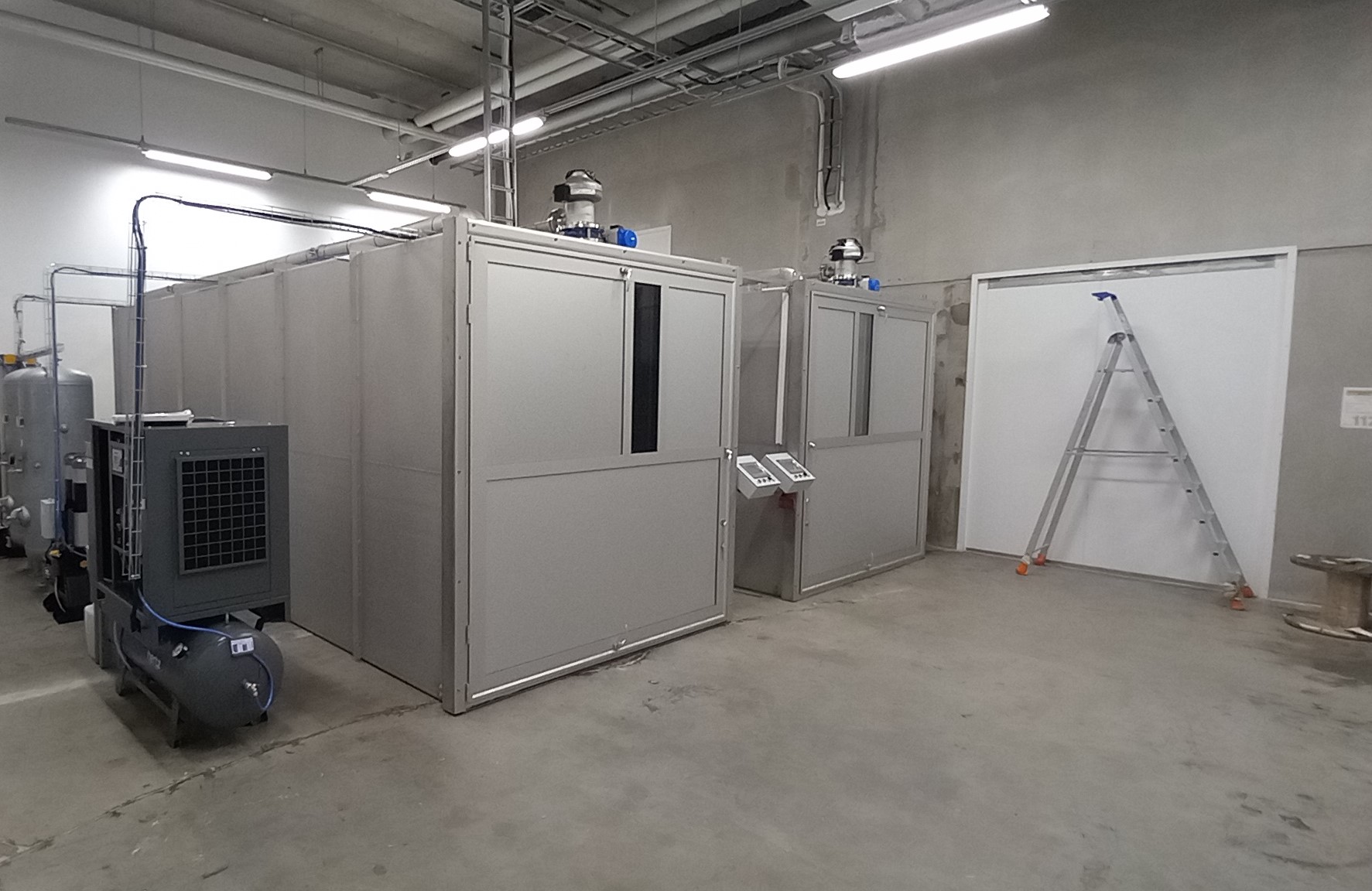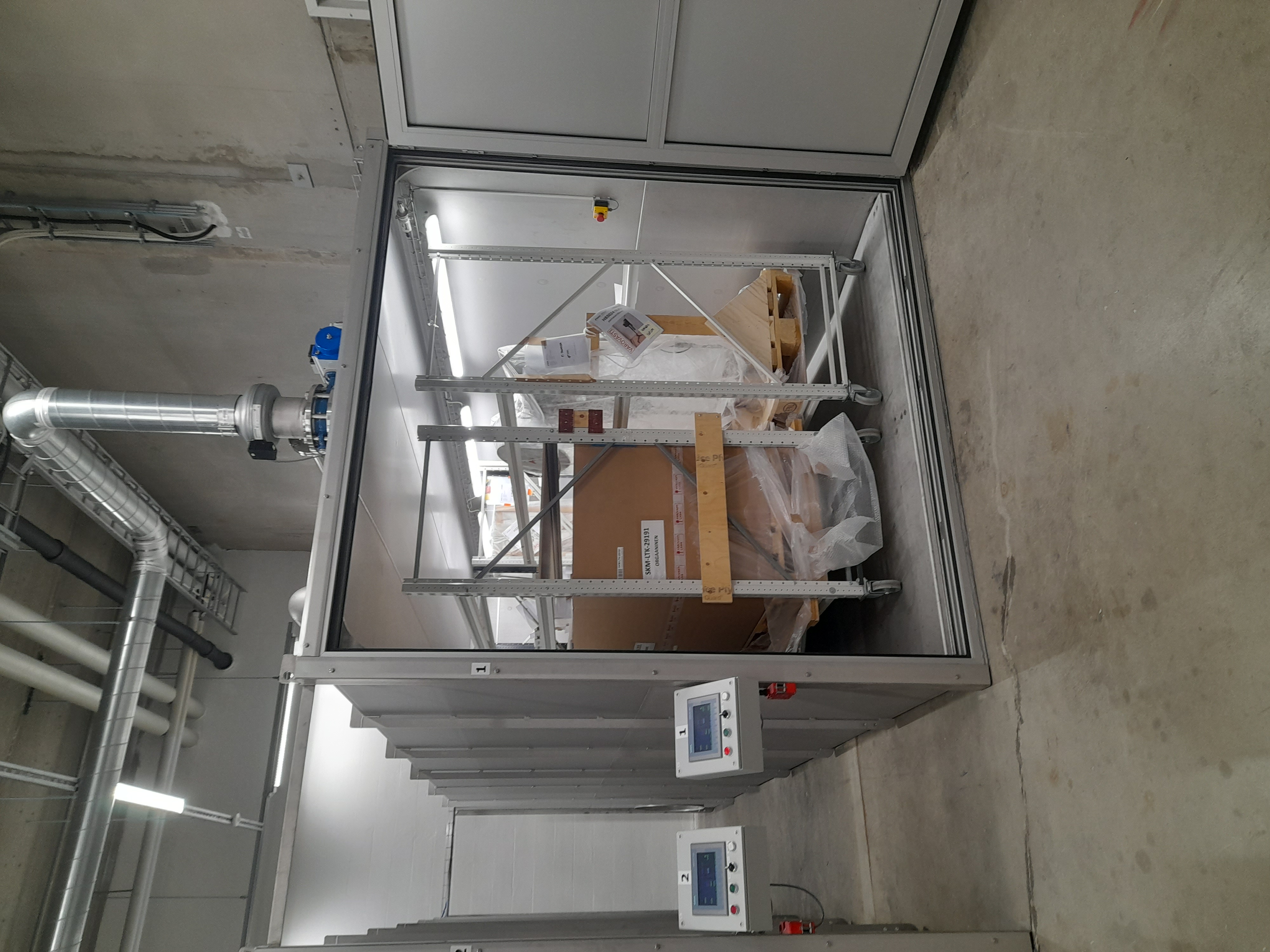
The Finnish Heritage Agency faced a challenge familiar to many museums and art galleries: how to treat valuable and delicate items against pests without risking damage? Traditional methods like freezing and heat treatment are not suitable for all materials, so a new, safe, and effective solution was needed.
Tankki, known for its innovative solutions, was contacted by the Heritage Agency. Together, we developed equipment that allows objects to be kept in an oxygen-free environment for the required period under optimal conditions. This project continued earlier development work on a subcritical conservation chamber, for which no ready-made solution existed on the market either.
“We wanted to create a fully professional setup without laborious sealing or closing steps and without oxygen absorbers. Our volume is so large that it made more sense to operate with a larger system and suitable equipment that handles measurements and oxygen removal automatically. We hoped it would be as simple as pressing a button—and that’s exactly what we got,” describes Asta Pyysalo from the Heritage Agency.
Tankki delivered two chambers to the Heritage Agency, specifically designed for pest control of objects. The delivery included installation, auxiliary equipment, commissioning, and training.
“Commissioning was quick and effortless, completed in just a few days,” says Tankki’s automation engineer Panu Sipilä.
Objects are kept in the chambers for 14 days—in an environment where the oxygen level is rapidly reduced to the desired point. This eliminates pests and insects, including eggs that may be hidden within the structure of the items.
“This was quite a novel device, the first of its kind, and it would have been reasonable to expect unknown factors to arise—but they didn’t, and the project progressed as planned. I especially enjoyed figuring out and designing a sensible structure for the chamber and its technology. It was meaningful work,” Panu Sipilä explains.
The technical specifications of the chambers are impressive:
- Length: approx. 6 meters, width: 2.5 meters, height: 2.3 meters
- The chamber is equipped with automation and technology that allows nitrogen to be introduced in a way that displaces air, with control over humidity and pressure.
“The conditions in the chamber must be suitable for the collections—temperature must not rise too high to avoid damaging the items. Humidity must remain stable and within defined values,” Asta emphasizes.
Implementing the method required a permit from the EU Commission under biocide legislation.
“We immediately got a great contact person at Tukes who helped with the permit process. The matter had to be taken all the way to the EU Commission because it falls under biocide legislation. Everything has gone very well in that area too,” Asta says.
The Heritage Agency has already successfully treated a wide variety of items in oxygen-free conditions—paintings, marble, electrical components, sculptures, and textiles.
“What felt meaningful in this project was being able to respond so well and successfully to the customer’s need,” Panu Sipilä summarizes.
“I think this project went really well—our goals were considered in every aspect,” Asta concludes.
The collaboration between the Heritage Agency and Tankki demonstrated how careful planning, technical expertise, and understanding customer needs can lead to an exceptionally successful outcome.
